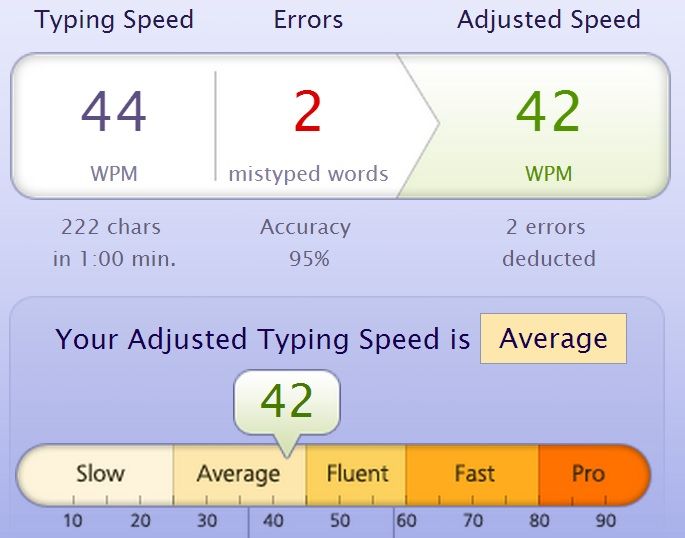Understanding Typing Tests
Typing tests are designed to evaluate your typing speed and accuracy. Typically measured in words per minute (WPM), these tests challenge participants to type a given text accurately within a specific time frame. Most typing tests consist of a passage that needs to be reproduced as quickly as possible, often ranging from one to five minutes. The results provide valuable insights into a person’s typing proficiency, making them useful for both personal development and professional requirements. As businesses increasingly prioritize digital communication, having strong typing skills has become essential for a wide array of jobs, particularly those in administration, data entry, and customer service.
Benefits of Taking Typing Tests
Participating in typing tests offers numerous benefits that extend beyond merely improving typing speed. First and foremost, these tests enhance overall typing accuracy, reducing the number of errors made while typing. This skill is vital in professional environments where precision is crucial. Additionally, regular practice through typing tests can lead to greater confidence in one’s typing abilities, resulting in improved productivity. For students, mastering typing skills can facilitate better note-taking during lectures and quicker completion of assignments. In a competitive job market, having a strong typing skill set can also provide candidates with an edge over others when applying for positions that require efficient communication.
How to Prepare for a Typing Test
Preparation is key to performing well on typing tests. To begin, assess your current typing speed and accuracy using online typing test tools, which provide immediate feedback and track progress over time. Once you know your baseline, you can establish realistic goals for improvement. Daily practice is essential; dedicating even 10 to 15 minutes each day can lead to significant gains. Utilizing online resources, typing games, and software programs designed to improve typing skills can make practice more engaging. Additionally, focusing on proper hand positioning and ergonomic practices will enhance comfort and reduce the risk of strain during extended typing sessions.
Tips for Success During the Test
When it comes time to take the typing test, a few strategies can help ensure success. Firstly, remain calm and focused; anxiety can impede performance. Familiarize yourself with the text before you begin, as this can help you anticipate challenging words or phrases. Additionally, aim for a relaxed posture and maintain a steady rhythm while typing. Avoid looking at the keyboard; instead, practice touch typing to improve muscle memory. Finally, keep an eye on the timer without letting it distract you. If you encounter a difficult word, it’s often better to skip it and return later than to lose valuable time. By implementing these tips, you can maximize your performance and demonstrate your typing skills effectively.


